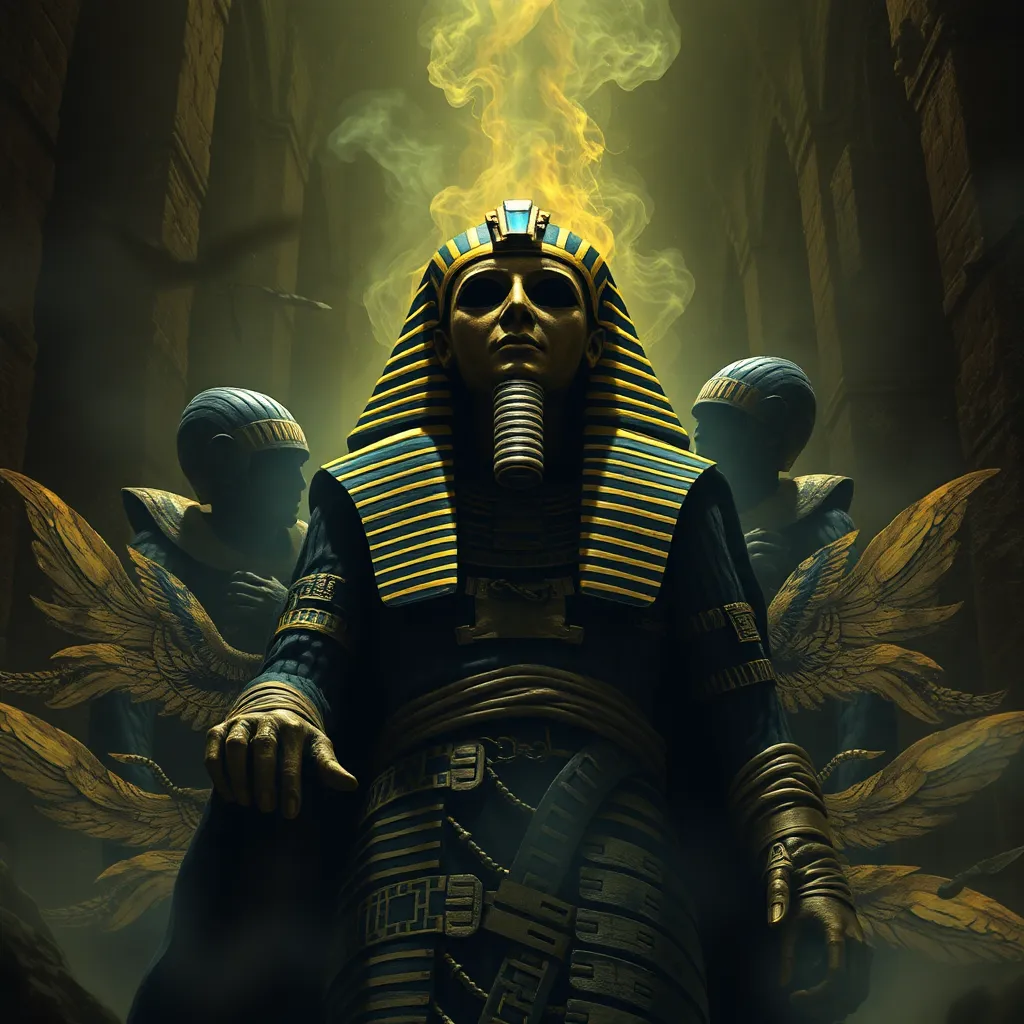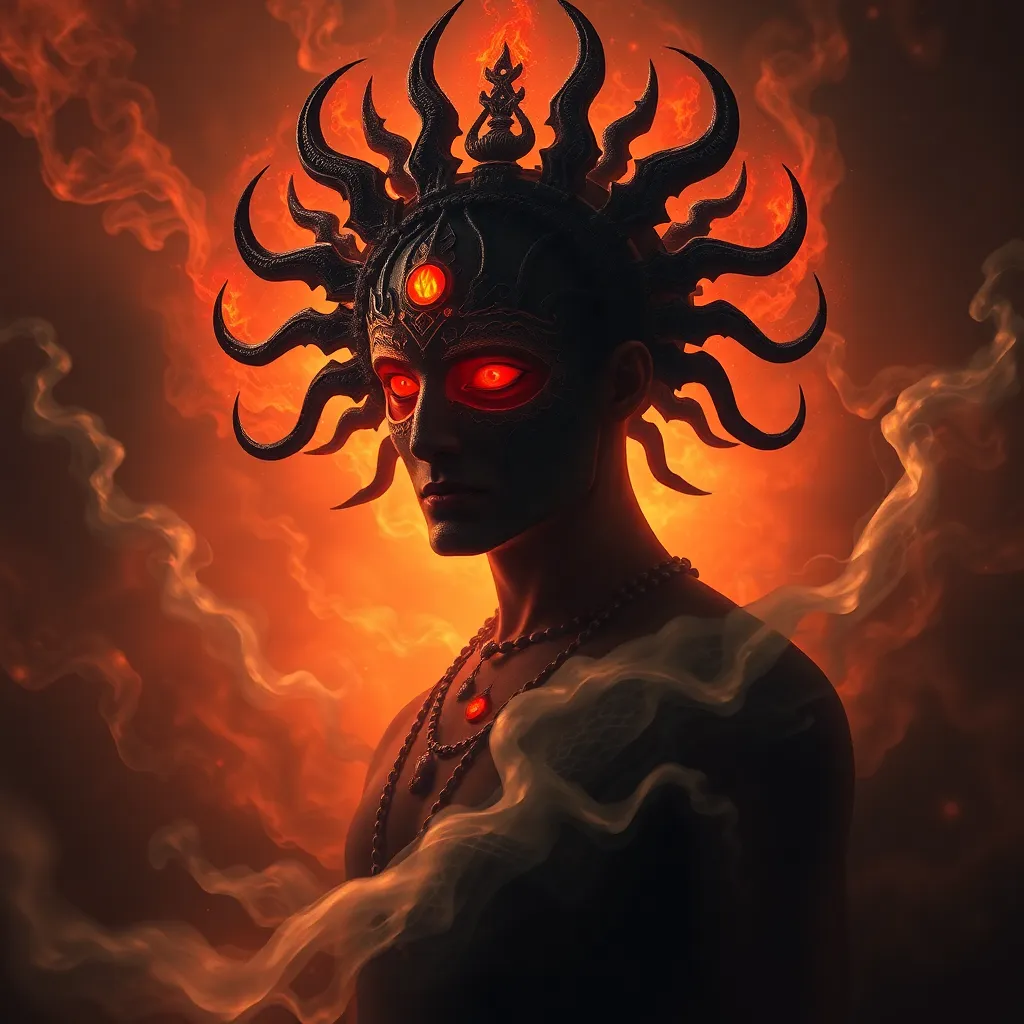The Curse of the Pharaohs: Understanding the Mummy’s Role in Egyptian Mythology and its Connection to Zombies
I. Introduction
The Curse of the Pharaohs has fascinated historians, archaeologists, and the general public for centuries. This enduring myth suggests that those who disturb the tombs of ancient Egyptian rulers will face dire consequences. The significance of mummies in ancient Egyptian culture cannot be overstated, serving as a vital link between the living and the dead. Additionally, modern interpretations frequently draw parallels between mummies and zombies, creating a captivating intersection of ancient beliefs and contemporary horror narratives.
II. The Historical Context of Mummification
Mummification was a crucial practice in ancient Egypt, rooted in the civilization’s complex beliefs about the afterlife. The primary purposes of mummification included:
- Preserving the body for the afterlife
- Protecting the deceased from decay and evil spirits
- Ensuring the individual’s journey to the afterlife was successful
Rituals surrounding mummification were elaborate, reflecting deep spiritual beliefs. The ancient Egyptians believed in a dual existence: the physical body and the ‘ka’ (spirit). They thought that the ‘ka’ required a preserved body to inhabit after death. Various rituals, including the weighing of the heart against the feather of Ma’at, determined one’s fate in the afterlife.
III. The Myth of the Pharaoh’s Curse
The narrative of the Pharaoh’s Curse emerged in the early 20th century, particularly following the discovery of Tutankhamun’s tomb in 1922 by Howard Carter. Several individuals associated with the excavation experienced untimely deaths, sparking sensationalist stories in the press. Some key aspects of this myth include:
- The belief that mummies were protected by powerful curses to deter grave robbers.
- Famous cases, such as Lord Carnarvon’s death shortly after the tomb’s opening, which fueled the curse narrative.
- The role of Western media in sensationalizing these events, leading to widespread public fascination.
IV. Mummies in Egyptian Mythology
In Egyptian mythology, mummification was intertwined with several deities associated with death and the afterlife. Osiris, the god of the afterlife, played a central role in the belief system surrounding mummies. His resurrection after being killed by his brother Set symbolized the cycle of death and rebirth. Key elements of this mythology include:
- The belief that mummification was a means to achieve immortality.
- Rituals conducted by priests to ensure proper passage to the afterlife.
- The symbolism of mummies representing transformation and continuity of life beyond death.
V. The Zombie Connection: Cultural Comparisons
The concept of zombies, while distinct from mummies, shares some intriguing similarities. The origins of the zombie myth can be traced back to various cultures, particularly in Haitian Vodou, where it represents a reanimated corpse controlled by a sorcerer. Some points of comparison include:
- Both mummies and zombies are associated with death and resurrection.
- They embody cultural fears surrounding mortality and the unknown.
- Modern media has increasingly blended these archetypes, creating hybrid figures in horror narratives.
VI. The Evolution of Mummy and Zombie Tropes in Popular Culture
From early cinema to contemporary films, mummies and zombies have evolved significantly in popular culture. Early cinematic portrayals often emphasized the horror aspects of mummies, while zombies were initially depicted as mindless, flesh-eating creatures. Key developments include:
- The 1932 film “The Mummy,” which introduced the romanticized version of the mummy.
- The rise of zombie films in the late 20th century, particularly George A. Romero’s “Night of the Living Dead,” which redefined the zombie genre.
- Current trends in media, where mummies and zombies are often featured in horror-comedy hybrids or as sympathetic characters.
VII. The Psychological and Societal Impact of the Mummy Myth
The enduring fascination with mummies and the associated curse reflects deeper psychological fears and societal anxieties. These include:
- The universal fear of death and what lies beyond.
- How the narrative of the curse speaks to societal concerns about the consequences of transgressing ancient boundaries.
- The continued intrigue surrounding ancient cultures and their beliefs, as evidenced by the popularity of exhibitions and films centered on mummies.
VIII. Conclusion
In summary, the Curse of the Pharaohs and the mythology surrounding mummies reveal much about ancient Egyptian culture and its beliefs about death and the afterlife. The ongoing legacy of mummies in modern interpretations, particularly through the lens of horror and the zombie archetype, highlights the enduring human fascination with mortality. As society continues to grapple with the unknown, the stories of mummies and their curses will likely remain a compelling part of our cultural narrative.



